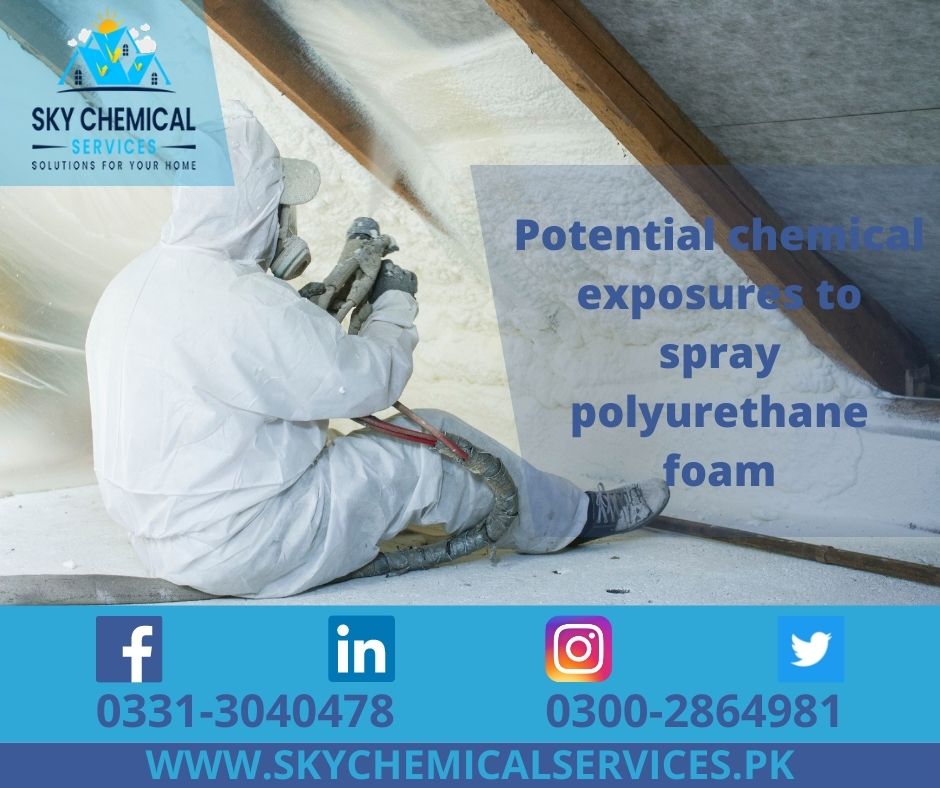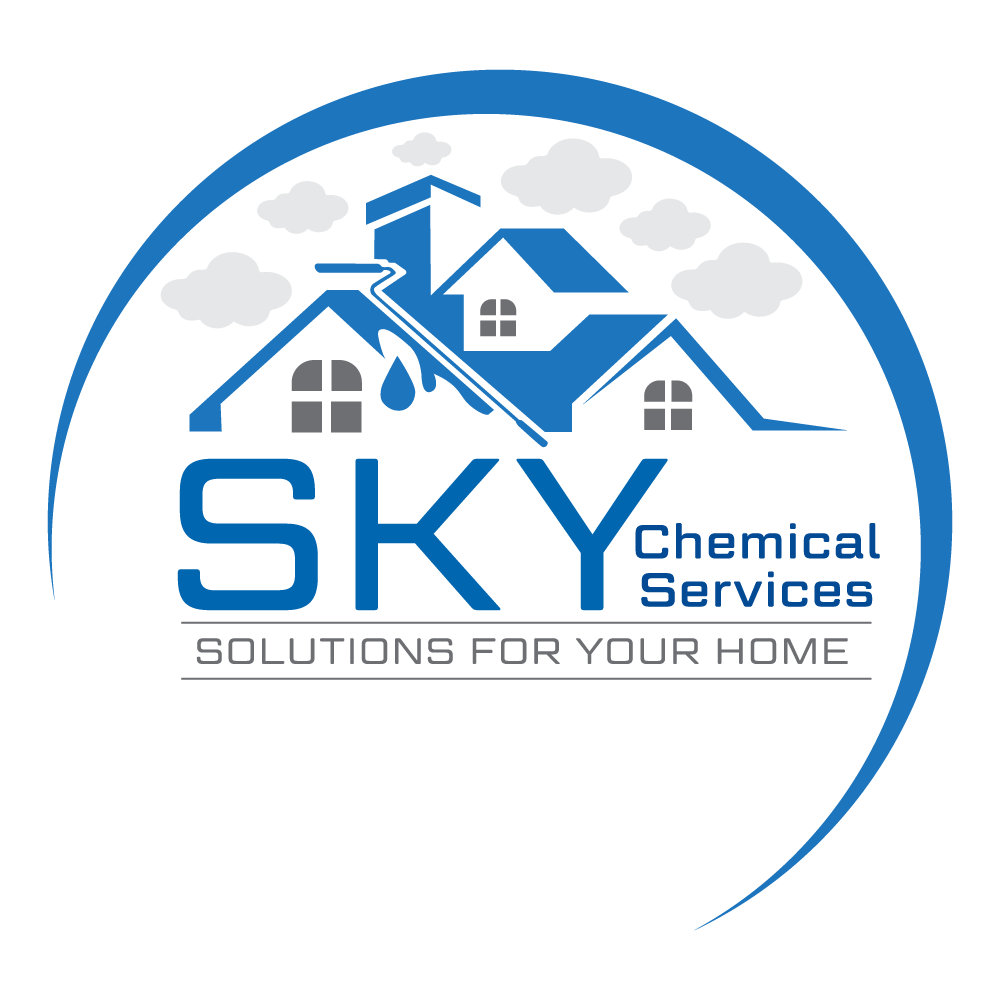
Using spray polyurethane foam is suitable when you are using personal protection equipment on the job site. It keeps you safe from any breathing issues or intoxication. This blog will explain how chemicals hazards from SPF (Spray Polyurethane Foam) occurs, emphasizing the significance of wearing protective equipment.
Ways for Chemical Exposure
Aerosols and Vapors
Following are some of the points on aerosols and vapor application:
- Isocyanate vapors and aerosols are produced during spray application.
- SPF Foam tends to break safety barriers set by different organizations, including Occupational Safety and Health Administration (OSHA) occupational exposure limits (OELs), according to research.
- If the area is not segregated and properly ventilated, vapors and aerosols can travel throughout the building.
- Vapors may stay in a building after application if it is not adequately ventilated and cleaned.
Dust
- As the foam hardens (tack-free phase), cutting or trimming it may produce dust that contains unreacted isocyanates and other chemicals.
- Dust may persist in a structure after it has been applied until it has been properly aired and thoroughly cleaned.
Fire-Related Incidents
Isocyanates, hydrogen cyanide, amines, and other hazardous compounds may be released into the air during SPF fires. When battling polyurethane flames, fire departments have issued recommendations and necessitate the use of complete supplied air respirators.
Curing
SPF “curing” refers to the reaction of the product’s components to generate polyurethane foam. The SPF material is extremely sticky and will adhere to almost any surface. Within a few seconds to a few minutes after application, SPF may seem hardened or “tack-free.” However, the foam is still drying and contains unreacted SPF compounds at this point.
For workers re-entry, a two-component system is suggested without any PPEs and residents are told to reenter their premises after 24 hours of application. However, the recommended period may vary.
SPF Curing Rates
There are several factors on which the curing process depends. Some of them include type of SPF product, applicator technique, foam thickness, temperature, humidity and other variables. These factors will have an impact on re-occupancy time when taken together. EXIT If you cut or trim foam before it has fully cured; you risk being exposed to unreacted SPF chemicals.
Other factors such as the time period of installing SPF and climatic conditions favoring it should be confirmed with the contractors, system houses and product manufacturers.
The curing of SPF chemicals is influenced by temperature and humidity.
More product research is required to fully comprehend the role that variability may play in future off-gassing.
Curing rates with different SPF product formulations may vary since the polyol mix (B-side) contains a variety of unique ingredients. For all types of SPF products and applications, read the manufacturer’s suggestion in the material safety data sheet (MSDS) and other product information.
Following SPF installation, one approach to ensure the foam is entirely cured is to sample and test the inside air.
Concerns for Exposure
Spray foam is regarded rather inert once it has been applied and cured; nonetheless, there are a few scenarios when the cured foam may pose additional dangers. It should not be heated or ground by maintenance employees, such as plumbers and electricians. Spray foam has the potential to emit harmful gases in these situations.
Spray foam insulation can be disturbed by renovations, destruction, or dismantling done years later. When working hot on or near polyurethane foam, you risk being exposed to isocyanates and other harmful gases.
Off-Gassing Issue
The possibility for volatile chemical off-gassing from spray polyurethane foam is not well recognized, and more research is needed. Standardized methods are needed to assess the potential impacts of SPF insulation products on indoor air quality, to determine re-entry or re-occupancy times after product installation, and to better understand post-occupancy ventilation needs, such as through HVAC considerations during the planning phases before SPF or other insulation is installed. Because insulation is designed to insulate a home and reduce air exchanges, emissions from SPF and other products, including combustion sources, can accumulate in a structure.
Contact Sky Chemical Services for a quick appointment or if you want to work out a polyurethane spray coating for your homes or offices.
Factors on why Polyurethane Foam is Essential for Homes
How to Remove Spray Foam Insulation?
Is Polyurethane Environmental-Friendly?
What to do post application of SPF?
Consider the following if inhabitants of a home or building are concerned about being exposed to residual SPF chemicals, potential off-gassing, or continuing to detect odors:
To diagnose sources of indoor air concerns, work with the contractor to identify the problem or hire an independent specialist such as a skilled Indoor Air Quality (IAQ) consultant. Seek medical help right away if you’re having trouble breathing or experiencing other negative health impacts.
If the SPF material is found to be the source of the problem, contact the contractor and/or product manufacturer for assistance in correcting the situation. Affected parties should notify their local or state consumer protection office or contractors’ licensing board if their concerns are not handled with the contractor and/or product maker.
How much time does it take to apply heat insulation in Karachi?
How to protect homes using Heat insulation in Pakistan?
Types of roof heat insulation in Pakistan used for rooms
Conclusion
Spray Polyurethane Foam (SPF) is considered to be potentially hazardous and needs to be handled carefully when using it on different surfaces. Applying it when hot causes exposure to isocyanates and other noxious gases. You will have to call up emergency services or a professional cleaning agency to eradicate it.
If you want to know more about our services, visit (https://skychemicalservices.pk)
